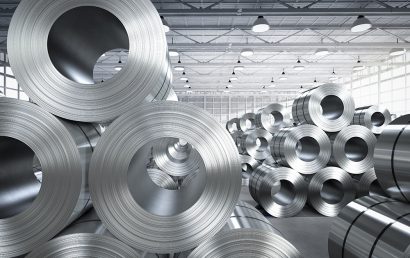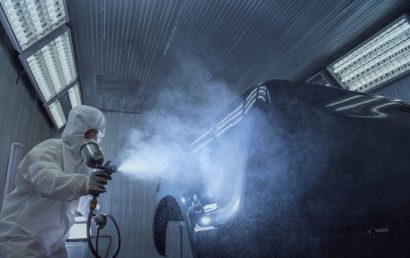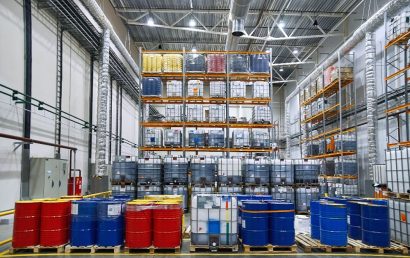Plasma-Spray Coatings Help Reduce Periprosthetic Femoral Fracture Risks
American surgeon Dr. Austin Timor, at Columbia Hospital in Columbia, South Carolina, performed the first metallic hip replacement surgery on September 28, 1940. A “proximal femoral replacement” was the originally designed prosthesis. Made of the cobalt chrome alloy Vitallium, it had a large fixed head. As early as 1960, total knee arthroplasties were being done using ivory hinge joints that were really primitive in nature.
Time marches on! Joint replacements are now new and improved and better than ever. Plasma-spray coatings are being used on today’s cementless hip arthroplasties to reduce the incidence of PPFs, or periprosthetic femoral fractures. But what caused the need for the use of these coatings?
PPF’s
Not particularly common, but occurring enough to cause concern, post-operative femoral periprosthetic fractures were found to be a complication of some total hip arthroplasty surgeries. In fact, the numbers increased to the point that concern in the medical field (and in society in general) generated talk of a research program to find out how such fractures could be avoided. So, as is often the case, a study was done.
To the existing cementless implant (ABG ll-standard) two changes were proposed.
- A lack of (ABG ll-NMS) medical scales
- Add a plasma sprayed titanium proximal (ABG ll-plasma) coating
It was hoped that these changes would reduce PPF risks in the early post-operative periods and inoperative issues. We will concentrate on change number two.
How They Went About It
Human cadaveric femurs were used for the research and divided up into a couple of groups. One group received the ABG ll-standard while the other group received the altered implants. In a single-legged stance orientation, in a biomechanical set up, each implant was tested. In intact femurs, surface strains were measured. The bones were tested by loading to failure, cyclic loading of the bone with the implant, during implant insertion, etc. Strains with the altered implants and the ABG ll-standard were compared.
What Did They Find Out?
Compared to the ABG ll-standard, with an average 42% greater failure load, the ABG ll-plasma showed better capacity for load bearing. The ABG ll-plasma showed better load transfer to the proximal femur and decreased tensile behavior. Also less than those of the ABG ll-standard were the ABG ll-plasma axial strains, cortical hoop, and mean strains.
What Does It All Mean?
In basic terms, it means that, if you are suffering from hip issues, you stand a better chance of not experiencing a femur fracture.
Technically speaking, these were the results: On femurs implanted with ABG ll-plasma, proximal surface strains were decreased, and loadbearing capacity was increased. Therefore, the risks of early post-operative and inoperative PFF should be reduced through the use of ABG ll-plasma.
A&A Coatings also uses plasma. We apply plasma-spray coatings to various surfaces, depending on the desired results. For more than 70 years, we have helped numerous industries decrease maintenance costs, downtime, part replacement costs, and more through the use of plasma spray coatings. Additionally, we specialize in machining, lapping, and grinding capabilities. From the aerospace industry to the wind energy industry, and every industry in between, our hard faced, ceramic, cermet, and metal coatings protect, rebuild, and reinforce things like parts, machines, components, and various other surfaces.
Contact one of the knowledgeable representatives at A&A Coatings today to find out more about plasma and other thermal spray coatings.



